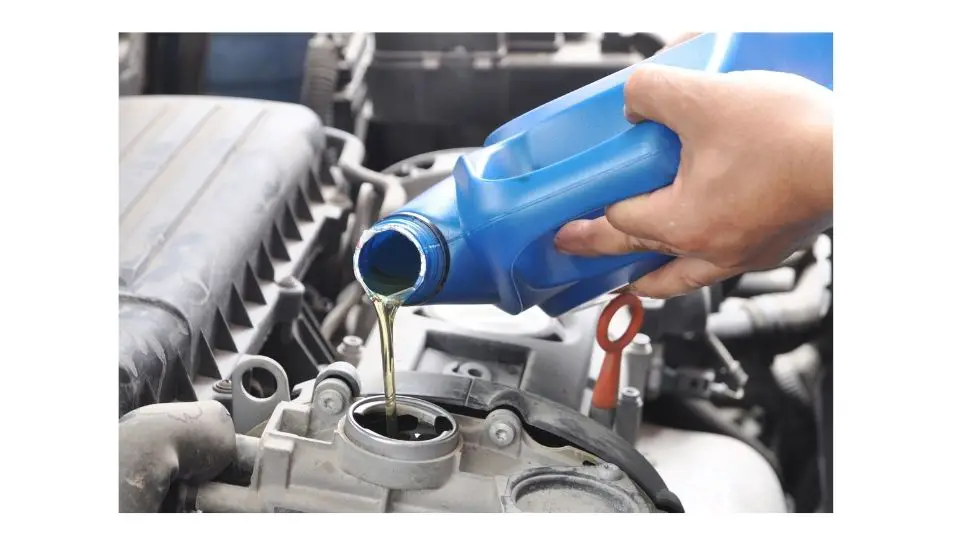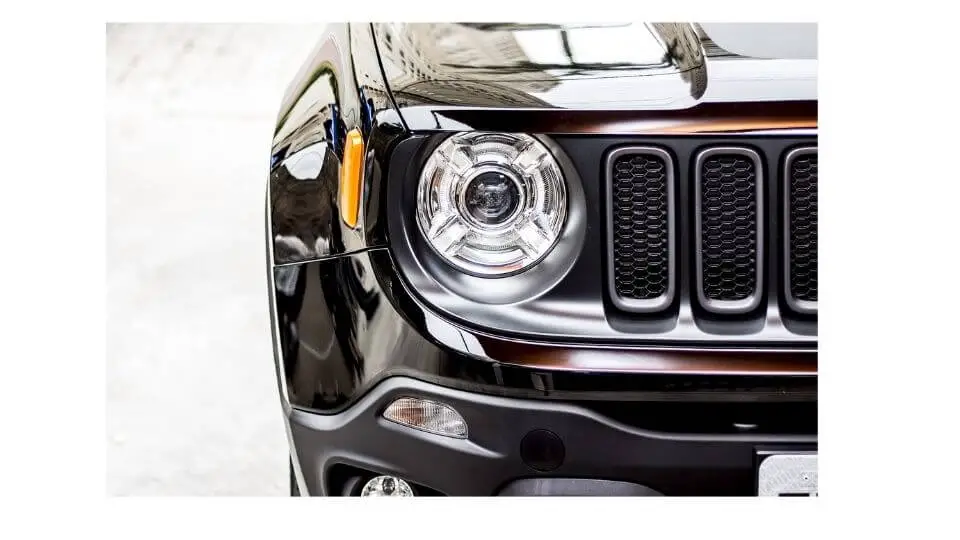Owning a Jeep Renegade comes with its own set of conveniences, one of which is the key fob. This small device allows you to unlock your vehicle, start the engine, and even open the trunk remotely. However, like all battery-powered devices, the key fob requires periodic battery replacement to function optimally. Understanding how to replace the key fob battery for your Jeep Renegade can save you time and ensure your vehicle remains accessible at all times.
Why Your Jeep Renegade Key Fob Battery Needs Replacement
The key fob is an essential component of your Jeep Renegade, providing seamless access and control over your vehicle. Over time, the battery within the key fob will deplete, leading to reduced signal strength and eventually, a non-functional remote. Recognizing the signs of a dying battery early can prevent inconvenience.
Common indicators of a low battery include a decrease in the range of the remote, intermittent functionality, or the need to press buttons multiple times to achieve the desired action. If you notice any of these symptoms, it’s likely time to replace the battery.
Regular maintenance of your key fob, including timely battery replacement, ensures that you’re never locked out of your vehicle or unable to start it remotely. This simple task can be done at home with minimal tools and effort.
How to Replace the Key Fob Battery for a Jeep Renegade
Gathering Necessary Tools and Materials
Before you begin the replacement process, ensure you have the right tools and materials. You’ll need a small flathead screwdriver or a similar tool to open the key fob. Additionally, you’ll need a new CR2032 battery, which is the standard battery type for Jeep Renegade key fobs.
It’s advisable to purchase a high-quality battery from a reputable brand to ensure longevity and reliability. Having everything ready before you start will make the process smoother and quicker.
Step-by-Step Battery Replacement Process
- Remove the Emergency Key: Press the release botton on the backside of the key and pull out the emergency key.
- Open the Key Fob: Locate the seam on the side of the key fob. Use the flathead screwdriver to gently pry open the fob by inserting it into the seam and twisting lightly. Be careful not to apply too much force to avoid damaging the casing.
- Remove the Old Battery: Once the fob is open, you’ll see the battery compartment. Carefully remove the old battery by sliding it out of its slot. Take note of the battery’s orientation, as the new battery will need to be installed in the same direction.
- Insert the New Battery: Place the new CR2032 battery into the compartment, ensuring it is oriented correctly. The positive side (marked with a “+”) should face in the same direction as the battery you put out of the compartment.
- Close the Key Fob: Align the two halves of the key fob casing and press them together until you hear a click, indicating that it is securely closed.
- Put Emergency Key Back in: Push the emergency key back in until you hear a clicking sound.
- Test the Key Fob: Before heading out, test the key fob to ensure it’s functioning correctly. Try locking and unlocking your Jeep Renegade from different distances to confirm the battery replacement was successful.
Troubleshooting Common Issues
If your key fob does not work after replacing the battery, double-check the battery orientation and ensure the casing is closed properly. Sometimes, dirt or debris can interfere with the battery connection. Cleaning the contacts with a dry cloth may help. If issues persist, consider consulting a professional or visiting a Jeep dealership for assistance.
Understanding the Importance of Key Fob Maintenance
Regular maintenance of your Jeep Renegade key fob extends beyond just battery replacement. Keeping the fob clean and free from moisture can prevent corrosion and other issues that may affect its performance. A well-maintained key fob ensures reliability and convenience in your daily driving experience.
Consider keeping a spare battery in your vehicle or at home to avoid being caught off guard by a dead key fob battery. This proactive approach can save you from potential frustration and delays.
Additionally, familiarize yourself with the manual key option available in your Jeep Renegade. In case of electronic failure, the manual key can still provide access to your vehicle, ensuring you’re never stranded.
Frequently Asked Questions About Jeep Renegade Key Fob Batteries
How often should I replace the key fob battery?
The frequency of battery replacement depends on usage. Typically, a key fob battery lasts between one to two years. However, if you use the remote functions frequently or if the vehicle is exposed to extreme temperatures, you may need to replace it more often.
What kind of batter is in a Jeep Renegade key fob?
A CR2032 is the battery that is used as the standard battery type for Jeep Renegade key fobs. The voltage of this battery is 3 V. The CR2032 is a chip battery in the size of a 20 mm diameter by 3.2 mm thickness.
Can I use any CR2032 battery for my key fob?
While CR2032 is the standard battery type for Jeep Renegade key fobs, it’s important to choose a high-quality battery from a reputable brand. This ensures optimal performance and longevity. Avoid using generic or low-quality batteries, as they may not provide the same reliability.
What should I do if my key fob is still not working after replacing the battery?
If the key fob remains unresponsive after battery replacement, check for any visible damage to the fob or battery compartment. Ensure the battery is installed correctly and that the contacts are clean. If the problem persists, it may be necessary to reprogram the key fob or seek professional assistance.
Conclusion
Replacing the key fob battery for your Jeep Renegade is a straightforward process that can be done at home with minimal tools. Understanding the signs of a low battery and knowing how to replace it ensures that your vehicle remains accessible and functional at all times. Regular maintenance and timely battery replacement are key to enjoying the full benefits of your key fob, providing peace of mind and convenience in your daily driving experience.





